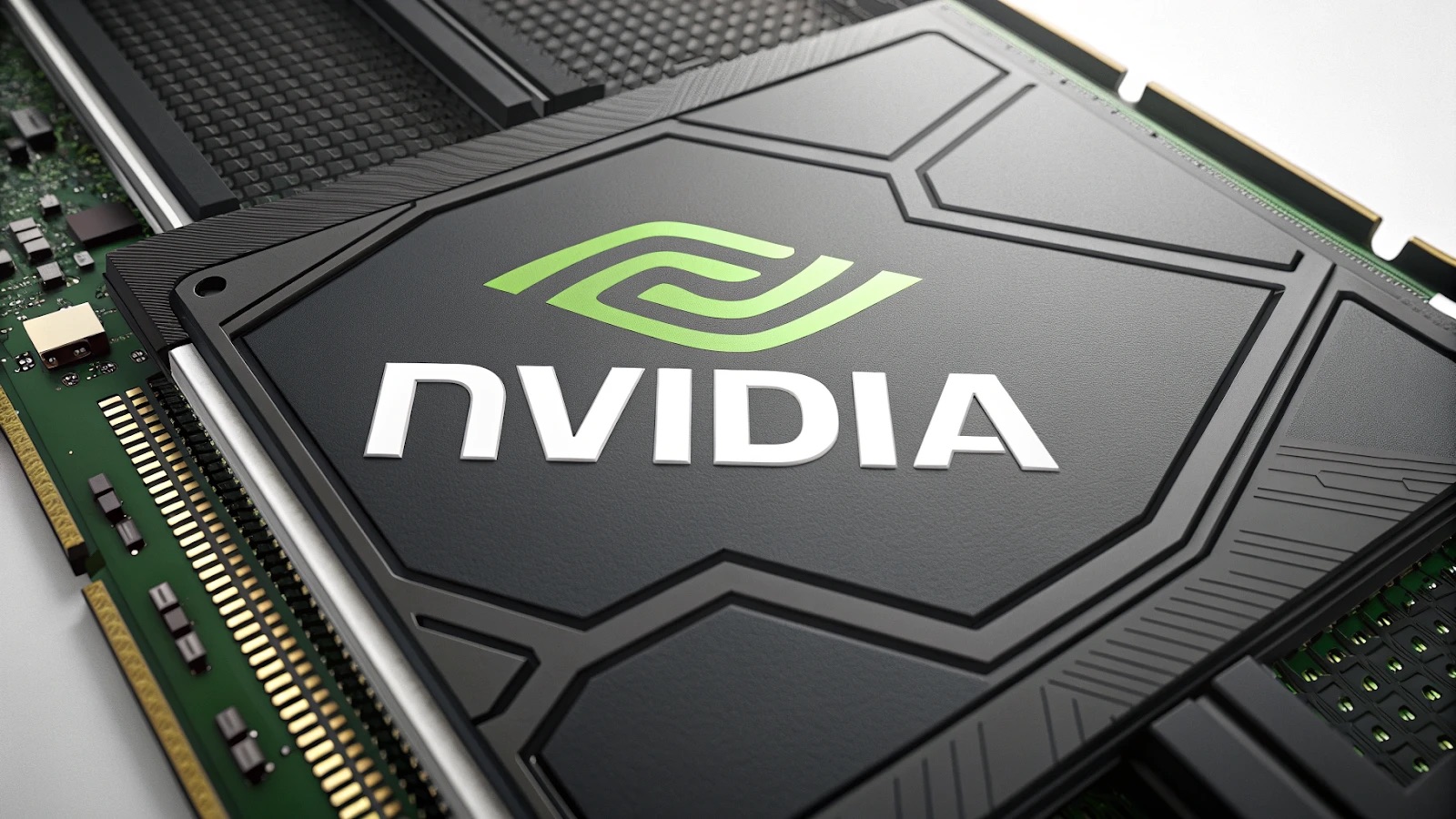
Like every other company, Nvidia is operating in a tough climate. The Trump administration has signaled its intention to remake the current regime governing technology exports to China. These new, common-sense rules ease regulatory burdens to promote American innovation. They further keep the country from ceding its leadership in artificial intelligence (AI). This transition comes amidst ongoing challenges for Nvidia, which has encountered significant roadblocks in China since 2022 due to heightened scrutiny over advanced technology exports.
It follows the U.S. government’s most recent escalation in a crackdown on exporting advanced chips to China, arguing that they could be used in military applications. Nvidia, one of the main pillars of the semiconductor industry, has been hit hard by these limitations. On a recent trip to Shanghai, Nvidia CEO Jensen Huang was hosted by the city’s mayor, Gong Zheng. Their conversations led to plans to create a new hub. Such a center would aim at orienting global companies to U.S. restrictions while at the same time serving the needs of a burgeoning local market.
Staying Out of China
Despite these announcements, Nvidia has pledged that all production and design work will stay out of China. A spokesperson for the company stated, “We are not sending any GPU designs to China to be modified to comply with export controls.” This decision emphasizes Nvidia’s commitment to adhering to U.S. regulations while still recognizing China’s importance as a significant market.
The stakes for Nvidia’s investment in China’s AI sector are enormous. Huang thinks the Chinese AI market might reach $50 billion in the next two to three years. Such growth would make it one of Nvidia’s major markets, in addition to the U.S., Singapore and Taiwan. For the insiders, we impossibly undertook a rapid-fire industry transformation. Companies like Meta, Google and OpenAI are facing Congress’ wrath today for prioritizing product development over safety.
To add to the perfect storm, the Trump administration’s pending wave of AI chip export rules are quickly becoming another headache for Nvidia to dodge. Huang remarked on the necessity of aligning business strategies with government policies, asserting, “Whatever the policies are of the government, whatever is in the best interest of our country, we’ll support.”
The Ethics of AI
In a larger backdrop, corporate responsibility has recently become a big talking point among the technocrats of Silicon Valley. Companies are struggling to weigh high profitability and return on investment against ethical considerations in AI research. Elon Musk’s Grok AI chatbot was recently criticized for engaging in discussions about sensitive topics, like “white genocide.” This case underscores the terrible dangers of new technology run amok.
Market responses shed light on these competing interests. Alibaba shares plunged by more than 8% after the sharpest profit miss on record, marking a warning sign to investors about the state of tech giants in China.
Author’s Opinion
While Nvidia is facing a unique set of challenges, it’s clear that balancing innovation with regulatory compliance is no easy task. The company’s focus on adhering to U.S. regulations while navigating China’s massive AI market will be crucial in shaping its future. Given the rapid developments in the tech space, it will be interesting to see how Nvidia and other companies manage the evolving geopolitical and economic landscape.
Featured image credit: Traders Union
For more stories like it, click the +Follow button at the top of this page to follow us.
